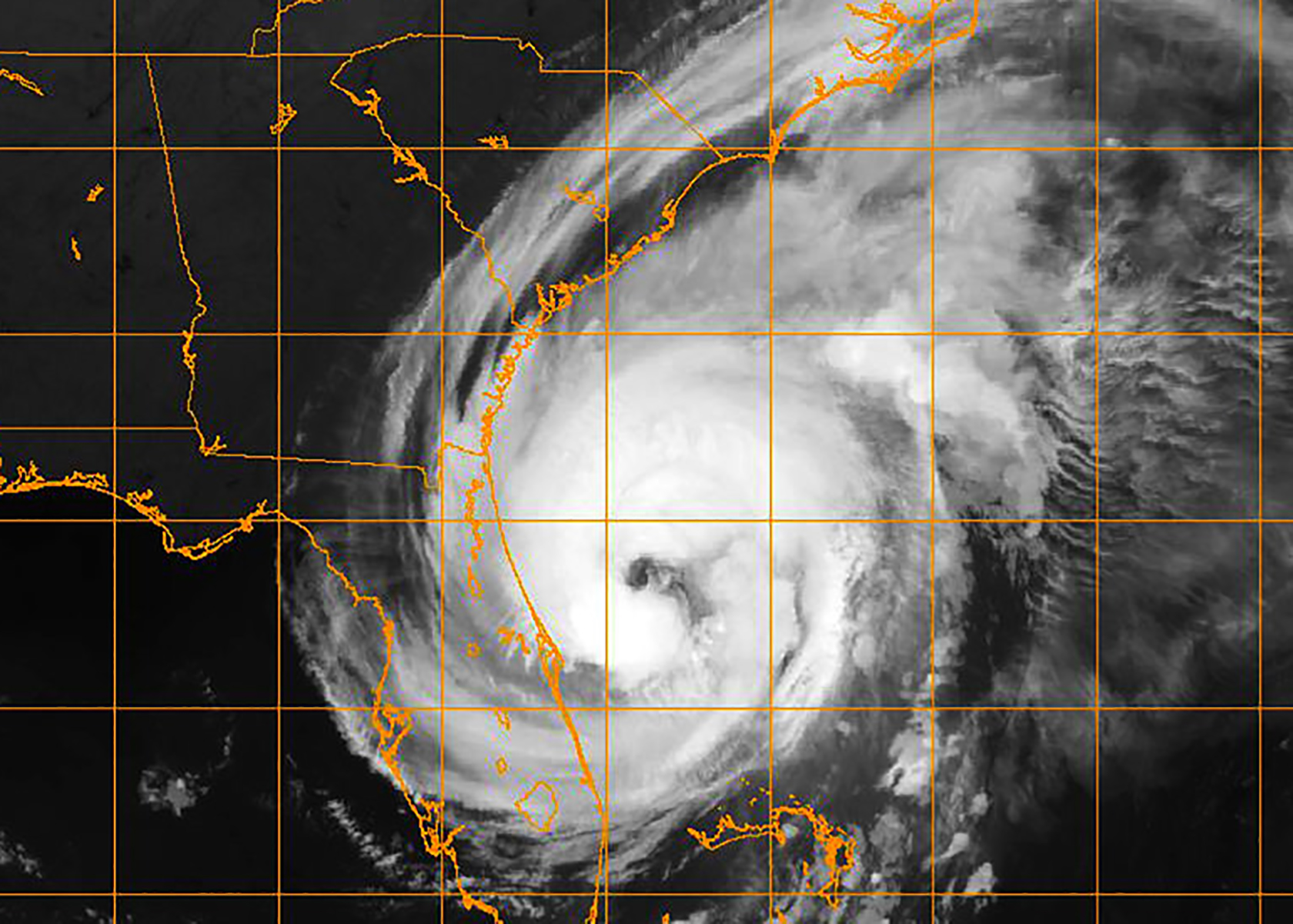Over Labor Day weekend, Hurricane Dorian hit the Bahamas as a Category 5 storm. When the eye of the storm made landfall in the Abacos Islands, Dorian had winds of 185 mph but was only crawling west at 7 mph. The storm continued to batter the Bahamas for nearly two days as it slowly traveled west toward Florida. It destroyed over 13,000 homes and left over 60,000 people without fresh water while raging in the Bahamas.
“We have in place and are putting in place other critical measures to respond as rapidly as possible to reduce any suffering and pain,” Prime Minister of the Bahamas Hubert Minnis said in a tweet Tuesday evening. “There are many difficult days, weeks and months ahead of us as a people and as a country.”
Hurricanes usually travel around 10-30 mph, according to James Kossin, a climate scientist at the National Oceanic and Atmospheric Administration (NOAA) of the National Centers for Environmental Information. The morning of Tuesday, Sept. 3, Hurricane Dorian slowed its travels to 1 mph as it sat over the Bahamas. This unusually slow pace made its path difficult to predict as it proceeded inland.
After moving beyond the Bahamas, Hurricane Dorian was downgraded to a Category 2 hurricane, traveling at 6 mph the evening of Tuesday, Sept. 3. In preparation for the storm, many counties and college campuses throughout Florida, Georgia and the Carolinas closed early and sent students home.
Late the following day, Dorian regained some of the strength it had lost and was recategorized as a Category 3 storm.
Throughout Sept. 4 and 5, Dorian battled the coasts of the Carolinas with high winds and intense rain. Early Friday morning, Dorian weakened again, this time to a Category 1 hurricane. Around 9 a.m., Dorian made landfall in Cape Hatteras, North Carolina, with winds of 90 mph. By noon on Friday, Sept. 6, officials said the storm surge flooding was catastrophic, and the death toll from Hurricane Dorian had risen to 30. Saturday evening, the National Hurricane Center transitioned to calling the storm a “post-tropical cyclone” as it made landfall in Canada.
Recovery and rescue teams have already made their way to the Abaco Islands to begin the process of restoring the island. The U.S. Agency for International Development Administrator Mark Green announced the U.S. was giving $1 million to recovery in the Bahamas. USAID now has over $2.8 million to continue providing food, shelter and other necessities to the people of the Abacos Islands and the Grand Bahama Islands.








